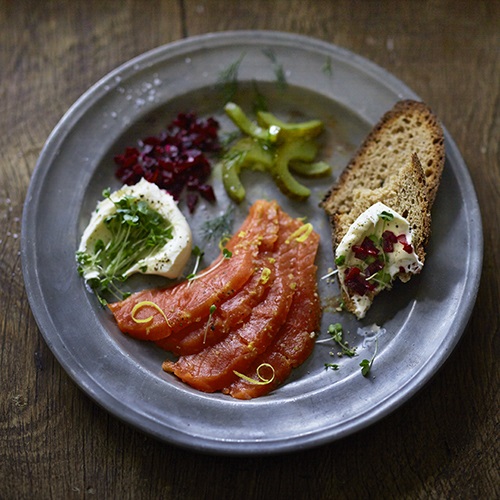What is salmon?
There are seven known species of Pacific salmon found in North American and Asian waters, and one species of Atlantic salmon, which is mainly farmed. Each species has slightly different characteristics but typically salmon has firm, succulent flesh, and is red to orange in colour. This is from a diet rich in shellfish and a high oil content. It is highly valued in the human diet due to its nutritional value, providing essential omega-3 fatty acids, high quality protein and a variety of vitamins and minerals.
Is salmon sustainable?
Salmon carrying the blue MSC label is certified sustainable. MSC labelled salmon comes from a fishery that has been independently certified to the MSC Fisheries Standard. Companies using the label all along the supply chain have been assessed to ensure products can be traced back to an MSC certified fishery. There are a variety of Pacific salmon products carrying the MSC label in stores and restaurants worldwide, from prepared meals to fresh and frozen salmon.
Bonus fact
The term ‘salmon’ derives from the Latin word ‘salmo,’ which is said to have originated from ‘salire’, which means ‘to leap’. This seems fitting considering salmon can jump up to two metres to cross obstacles in rivers. The scientific name for Pacific salmon is ‘Oncorhynchus’, which derives from the Greek words ‘onkos’ (hook) and ‘rynchos’ (nose). This refers to the ‘kype,’ the hooked jaw that develops in males when they compete for females during mating season.
MSC certified salmon:
Find salmon fisheries that have met the MSC standard for sustainable fishing

A foodie's guide to sustainable salmon
A comprehensive guide to the world’s most popular fish.

10 reasons to choose the blue fish label
By choosing seafood with the MSC label you're helping to protect oceans, livelihoods and fish for the future.
